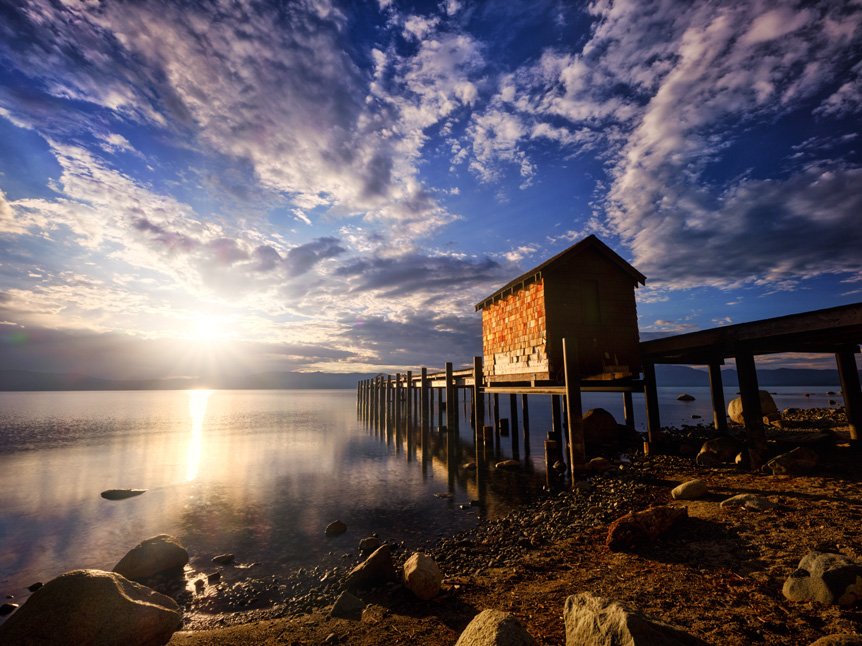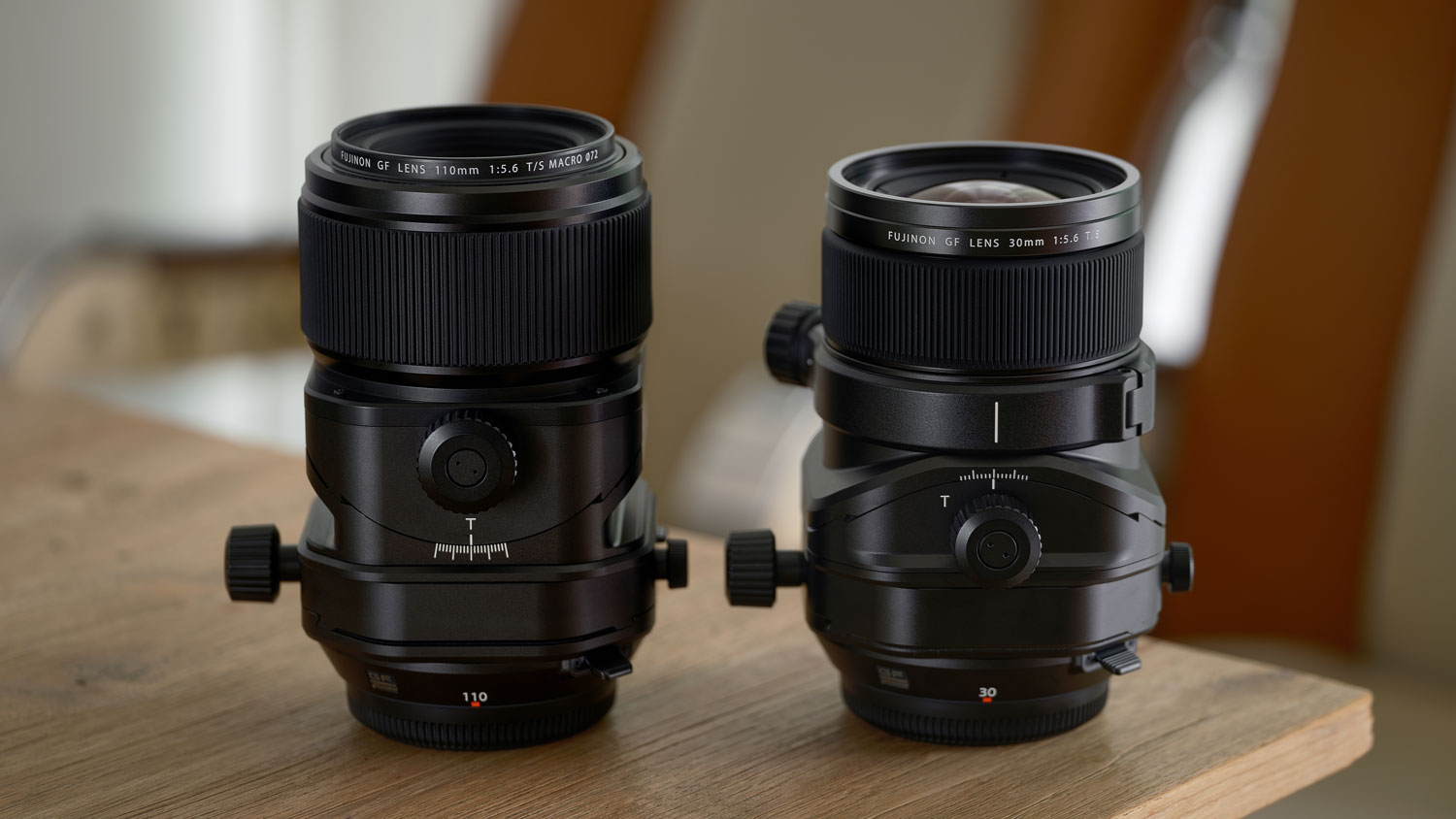
 5 minute read
5 minute read
Pick the Best GF Lens for Your Photo Style
When working with the GFX system, lens choice couldn’t be more important, so here’s our guide to getting it right
When creating with the GFX System, the resolution of the images is so high that it’s extremely important to consider even the tiniest detail. That’s why FUJIFILM GF lenses offer ultimate image quality to photographers from all photographic styles.
Later, we’ll give you our GF lens suggestions for a number of popular genres, but first, let’s find out a little more about the science behind the system.
The G Mount
The extra-large sensor used in the GFX System requires a large lens mount, so Fujifilm created the G Mount. Its 65mm diameter, 26.7mm flange back distance and 16.7mm minimum back focus distance are part of the reason the GFX50S, GFX50R, and GFX100 are so compact for larger format models.
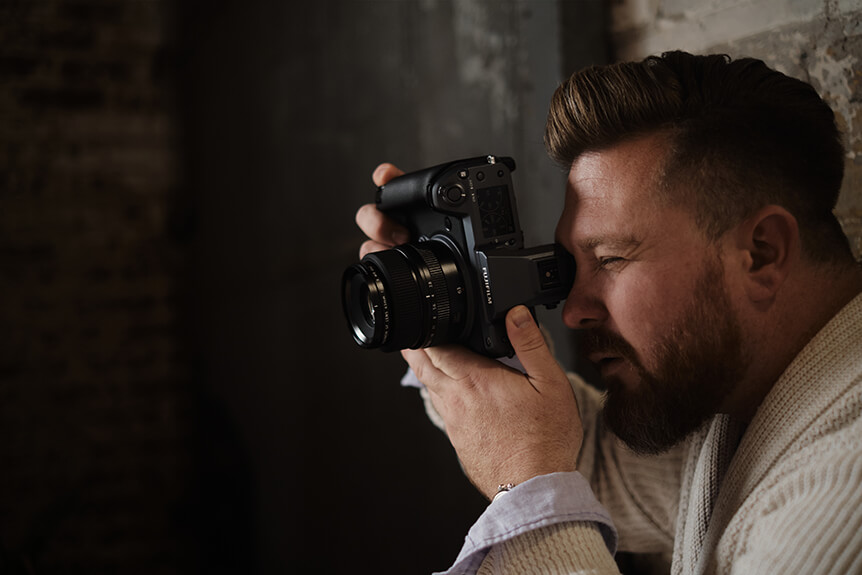
Photo © Paul Von Rieter
The mount features 12 electronic contacts that send and receive data between the body and lens. And with the addition of the H Mount adapter, it maintains electronic compatibility with nine SUPER EBC FUJINON HC interchangeable lenses and one teleconverter developed for the GX645AF.
The GF Lens Series
The short back focus distance provides flexibility when it comes to lens design, so the wide range of dust- and weather-resistant GF lenses can be compact, yet still feature fast maximum apertures and deliver impressive edge-to-edge sharpness.
When you also consider these lenses have been developed to offer extreme resolving power to future-proof against further developments in sensor technology, it’s clear GF lenses make a sound investment for any photographic style or genre – now and for many years to come.
Architecture and Interiors – GF23mmF4 R LM WR
GF23mmF4 R LM WR is an ultra wide-angle prime lens that offers the 35mm equivalent of an 18mm optic, ideal for those who like to get a lot into their frame.

Photo © Derek Fahsbender
Landscape – GF30mmF3.5 R WR
With a 35mm equivalent focal length of 24mm, GF30mmF3.5 R WR is a wide-angle prime lens that’s perfect for framing landscapes in glorious detail.

Photo © Alison Conklin
Street – GF45mmF2.8 R WR
GF45mmF2.8 R WR is a wide-angle lens that offers the 35mm equivalent of a 36mm optic and an aperture of F2.8, making it perfect for candid moments.
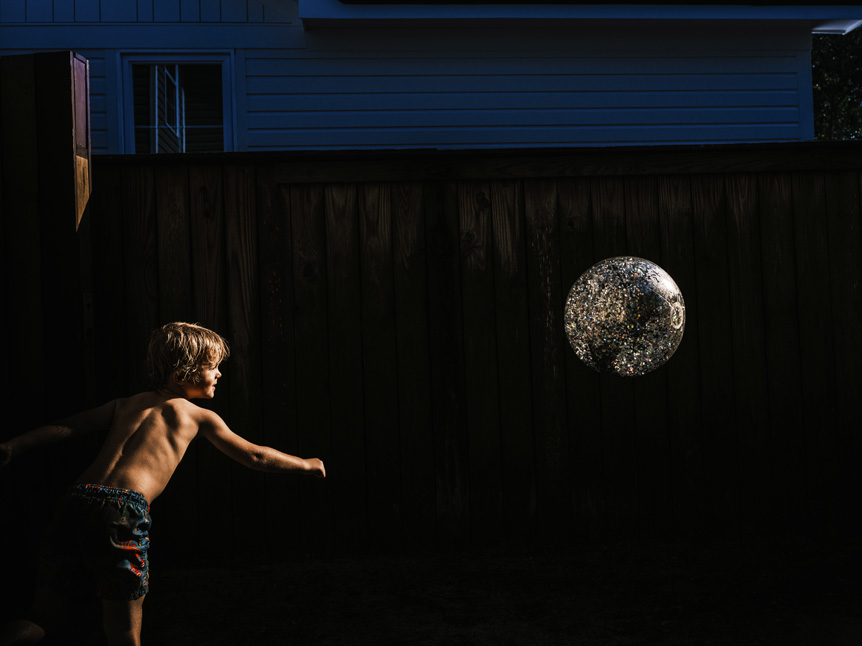
Photo © Ben Chrisman
Travel – GF50mmF3.5 R LM WR
GF50mmF3.5 R LM WR is the smallest and lightest lens in the GF lineup and provides a fantastically versatile 35mm equivalent focal length of 40mm.

Photo © Kirth Bobb
Documentary and Portraits – GF63mmF2.8 R WR
GF63mmF2.8 R WR is a standard lens that has the 35mm equivalent of a ‘nifty fifty’ 50mm optic and, with a perspective that’s very close to that of the human eye, it’s extremely versatile for documentary pictures and portrait subjects.

Photo © Ryan & Heidi Browne
Low Light and Portraits – GF80mmF1.7 R WR
With an aperture of F1.7, GF80mmF1.7 R WR is the fastest in the GF Lens line. Combine this with a 63mm equivalent focal length and you have a great option for bokeh-rich portraits and challenging lighting conditions.
Portraits – GF110mmF2 R LM WR
GF110mmF2 R LM WR is a mid-telephoto lens that offers the 35mm equivalent of an 87mm optic and, when combined with the larger format GFX sensor, makes astounding portraits.
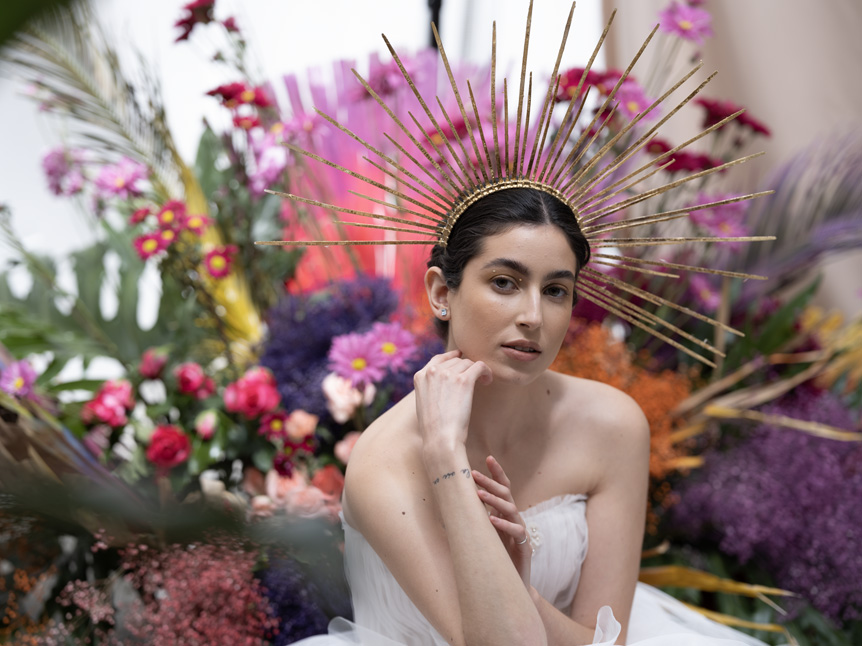
Photo © Petronella Lugemwa
Macro – GF120mmF4 R LM OIS WR Macro
GF120mmF4 R LM OIS WR Macro is a mid-telephoto, half life-size macro lens equivalent to a 95mm lens on a 35mm camera. It also features Optical Image Stabilization (OIS) to help preserve the finer details.

Photo © Karen Hutton
Sports and Wildlife – GF250mmF4 R LM OIS WR
GF250mmF4 R LM OIS WR is a telephoto prime lens that offers the full-frame equivalent of a 198mm optic, allowing you to frame every stunning detail of the action, without influencing it.
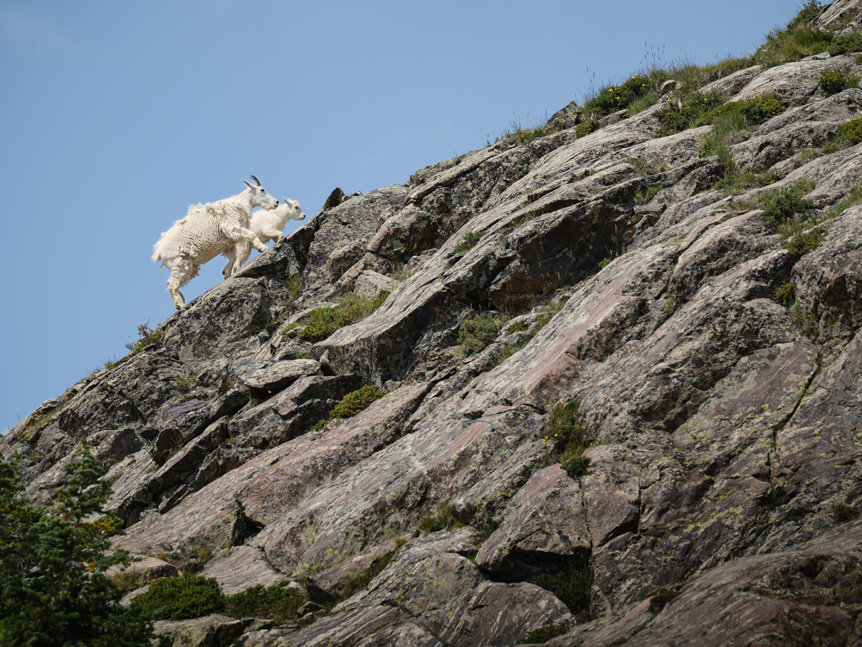
Photo © Seth K. Hughes
Architecture, Landscape, and Interiors – GF20-35mmF4 R WR
Whether it’s a sprawling vista, towering skyscraper, or grand interior, GF20-35mmF4 R WR’s 16-28mm equivalent focal length will ensure you gain every detail for epic results.
Photojournalism – GF32-64mmF4 R LM WR
When you need both quality and versatility, GF32-64mmF4 R LM WR 2x zoom lens with a 35mm equivalent of 25-51mm makes the perfect choice.
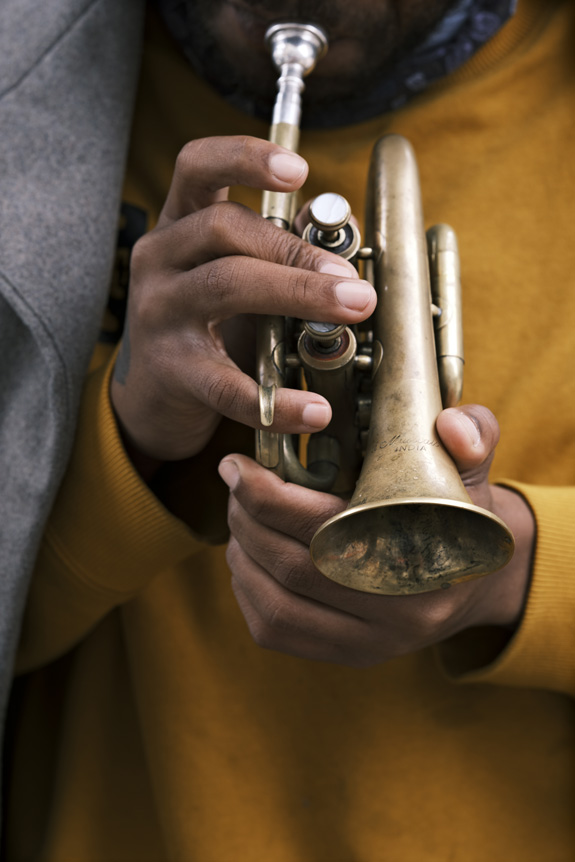
Photo © Ibarionex Perello
Travel and Everyday – GF35-70mmF4.5-5.6 WR
GF35-70mmF4.5-5.6 WR offers a versatile equivalent focal range of 25-51mm in a lightweight, portable body that’s perfect for on-the-go photographers framing fleeting moments.
The Ultimate All-Rounder – GF45-100mmF4 R LM OIS WR
GF45-100mmF4 R LM OIS WR combines lightness in weight, weather-resistance, a constant F4 aperture, versatile focal lengths, and OIS. And with a 35mm equivalent of 36-79mm, this zoom lens will let you frame a huge variety of subjects in all sorts of conditions.
Wildlife and Portraits – GF100-200mmF5.6 R LM OIS WR
With a 79-158mm equivalent focal length, GF100-200mmF5.6 R LM OIS WR 2x telephoto zoom lens is just as at home framing portraits as it is nature and wildlife images. And its weather-resistance and OIS make it a go-to model if you’re photographing in challenging conditions.

Photo © Karen Hutton
Compare the Lenses
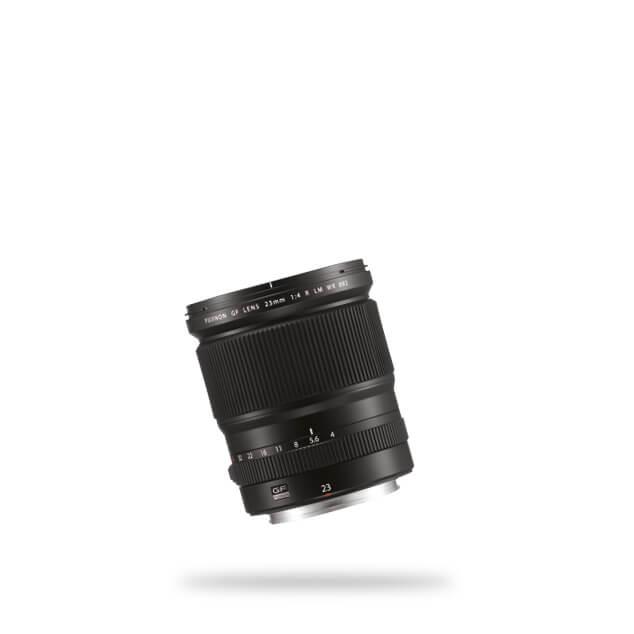
GF23mmF4 R LM WR
Construction
Image Stabilization
Weather-Resistance
Filter Size
Close Focusing Distance
Dimensions (DxL)
Weight

GF30mmF3.5 R WR
Construction
Image Stabilization
Weather-Resistance
Filter Size
Close Focusing Distance
Dimensions (DxL)
Weight

GF45mmF2.8 R WR
Construction
Image Stabilization
Weather-Resistance
Filter Size
Close Focusing Distance
Dimensions (DxL)
Weight
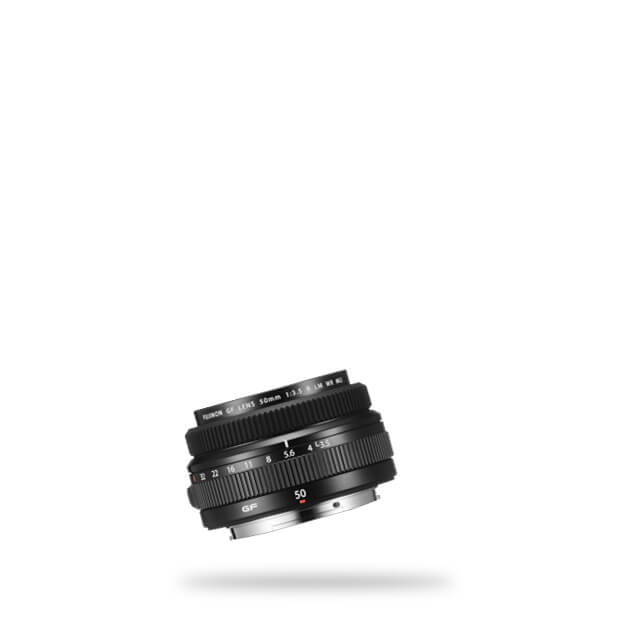
GF50mmF3.5 R LM WR
Construction
Image Stabilization
Weather-Resistance
Filter Size
Close Focusing Distance
Dimensions (DxL)
Weight
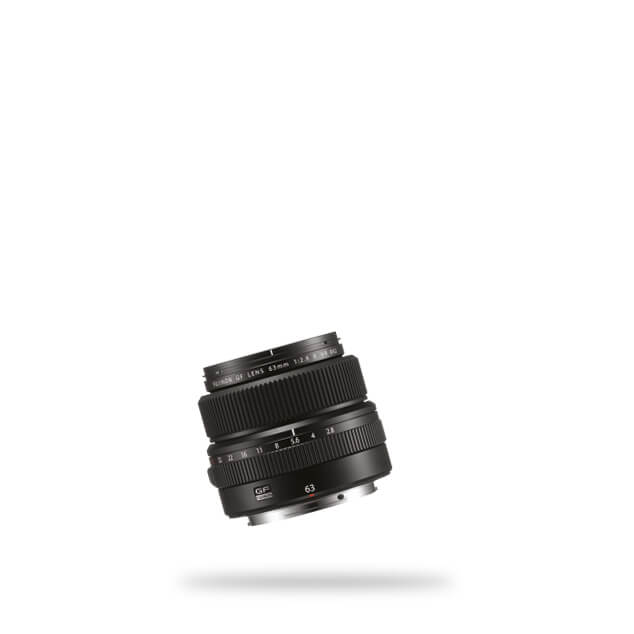
GF63mmF2.8 R WR
Construction
Image Stabilization
Weather-Resistance
Filter Size
Close Focusing Distance
Dimensions (DxL)
Weight
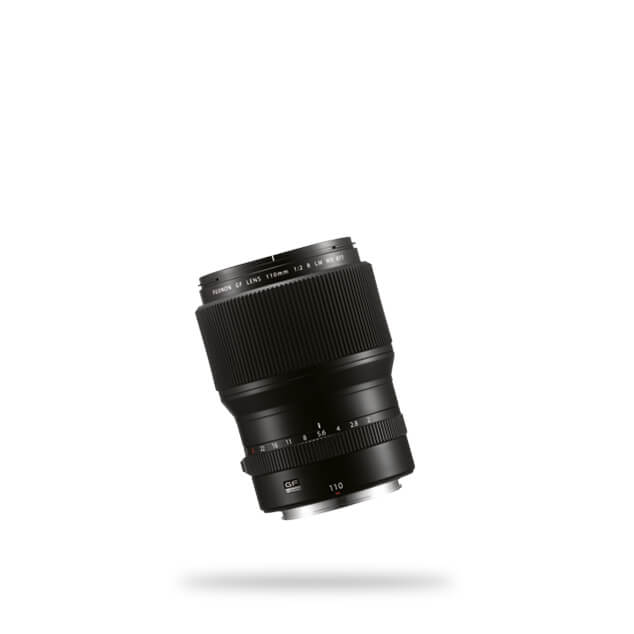
GF110mmF2 R LM WR
Construction
Image Stabilization
Weather-Resistance
Filter Size
Close Focusing Distance
Dimensions (DxL)
Weight

GF120mmF4 R LM OIS WR Macro
Construction
Image Stabilization
Weather-Resistance
Filter Size
Close Focusing Distance
Dimensions (DxL)
Weight
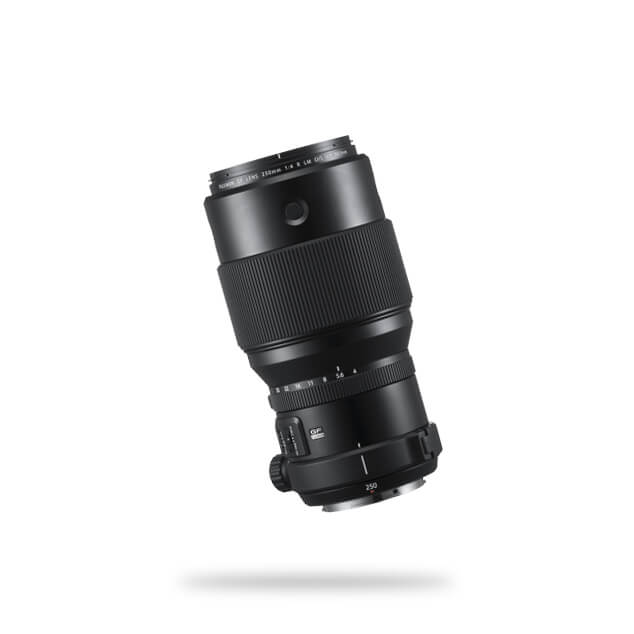
GF250mmF4 R LM OIS WR
Construction
Image Stabilization
Weather-Resistance
Filter Size
Close Focusing Distance
Dimensions (DxL)
Weight

GF32-64mmF4 R LM WR
Construction
Image Stabilization
Weather-Resistance
Filter Size
Close Focusing Distance
Dimensions (DxL)
Weight

GF45-100mmF4 R LM OIS WR
Construction
Image Stabilization
Weather-Resistance
Filter Size
Close Focusing Distance
Dimensions (DxL)
Weight










